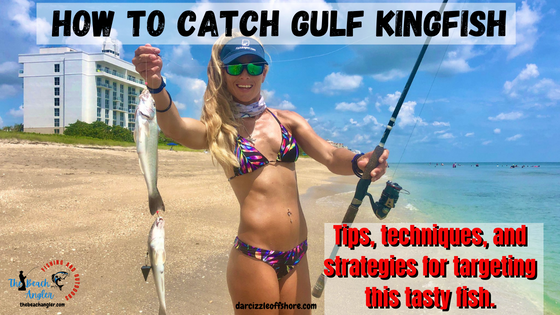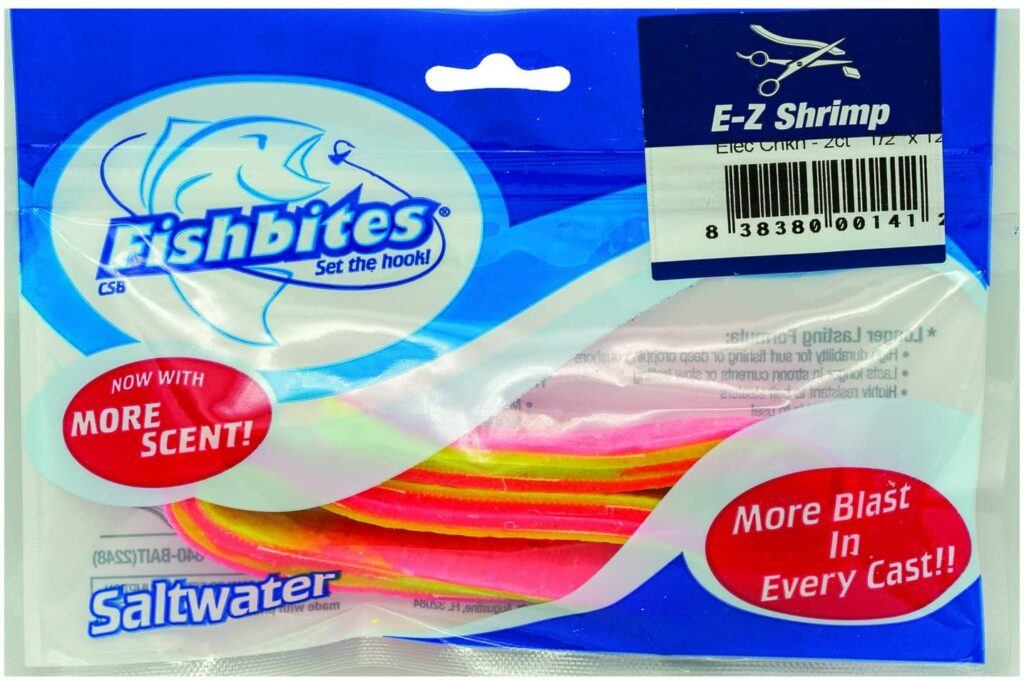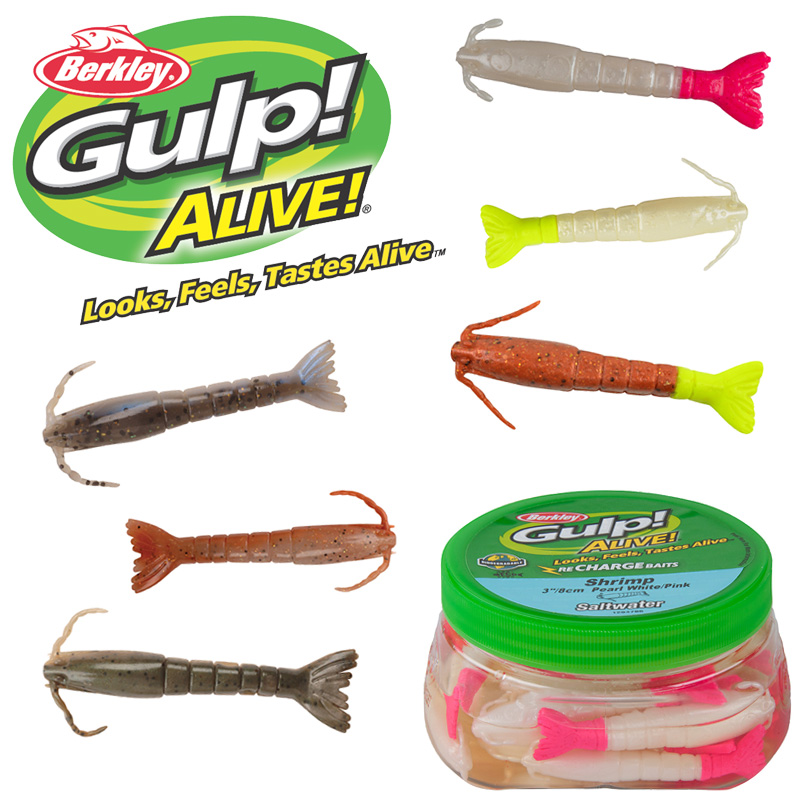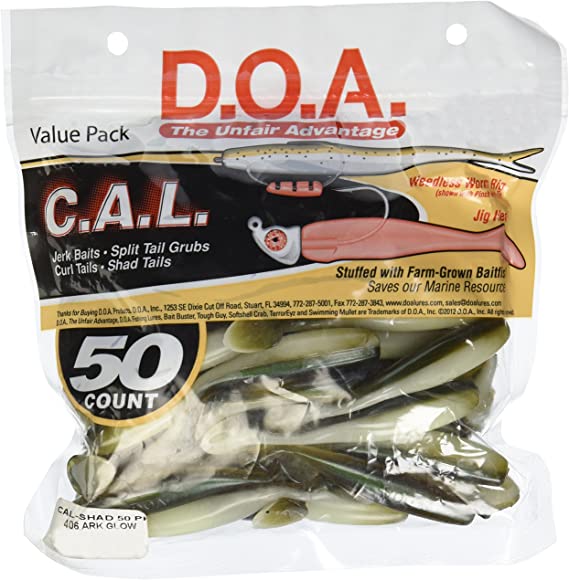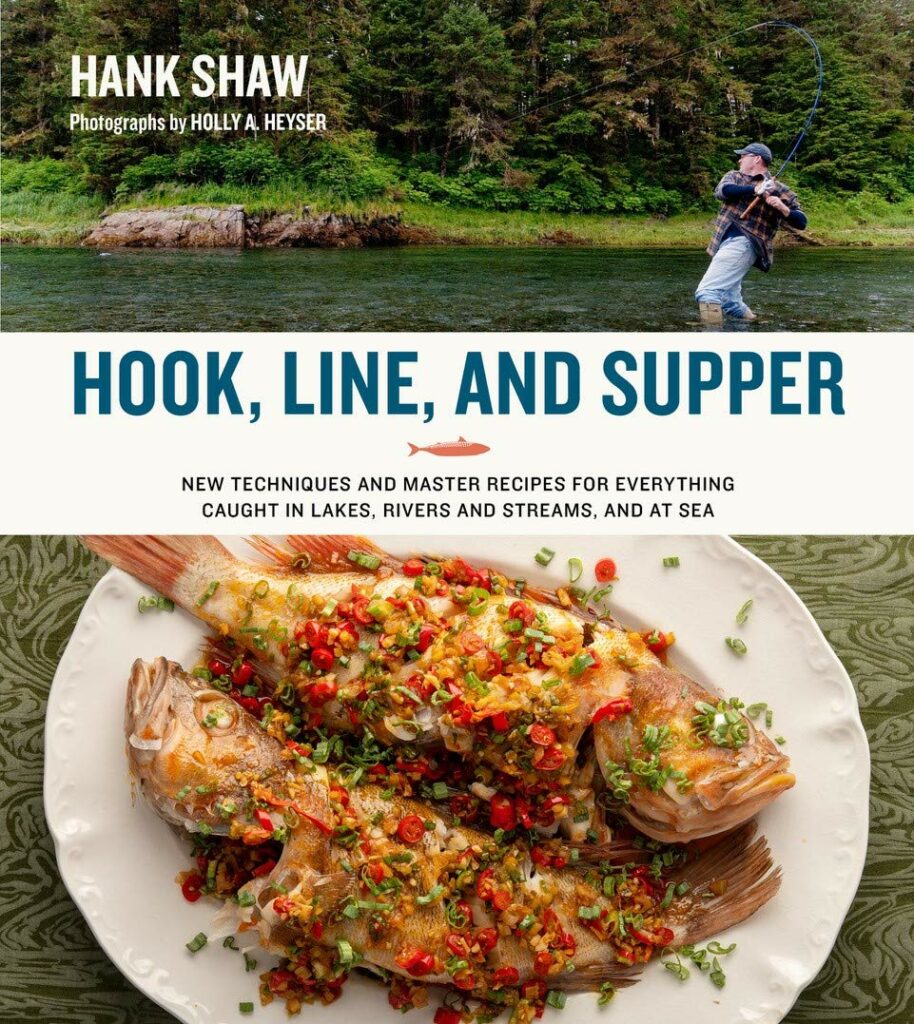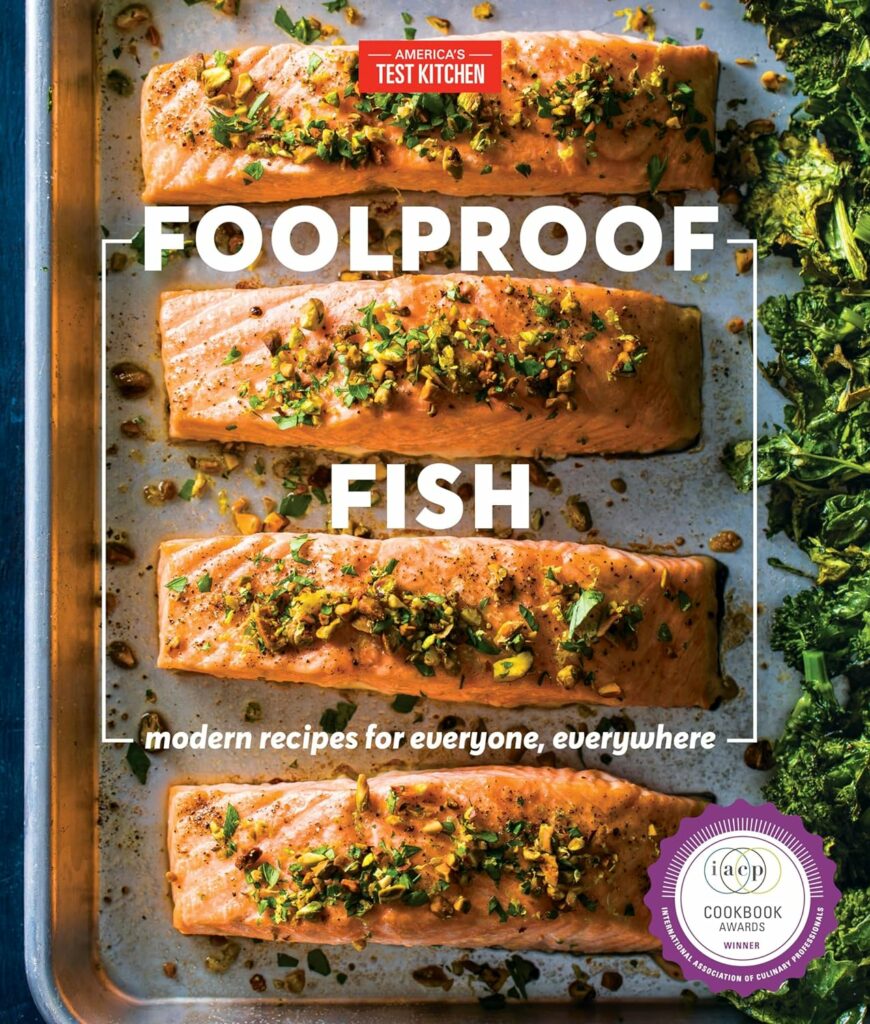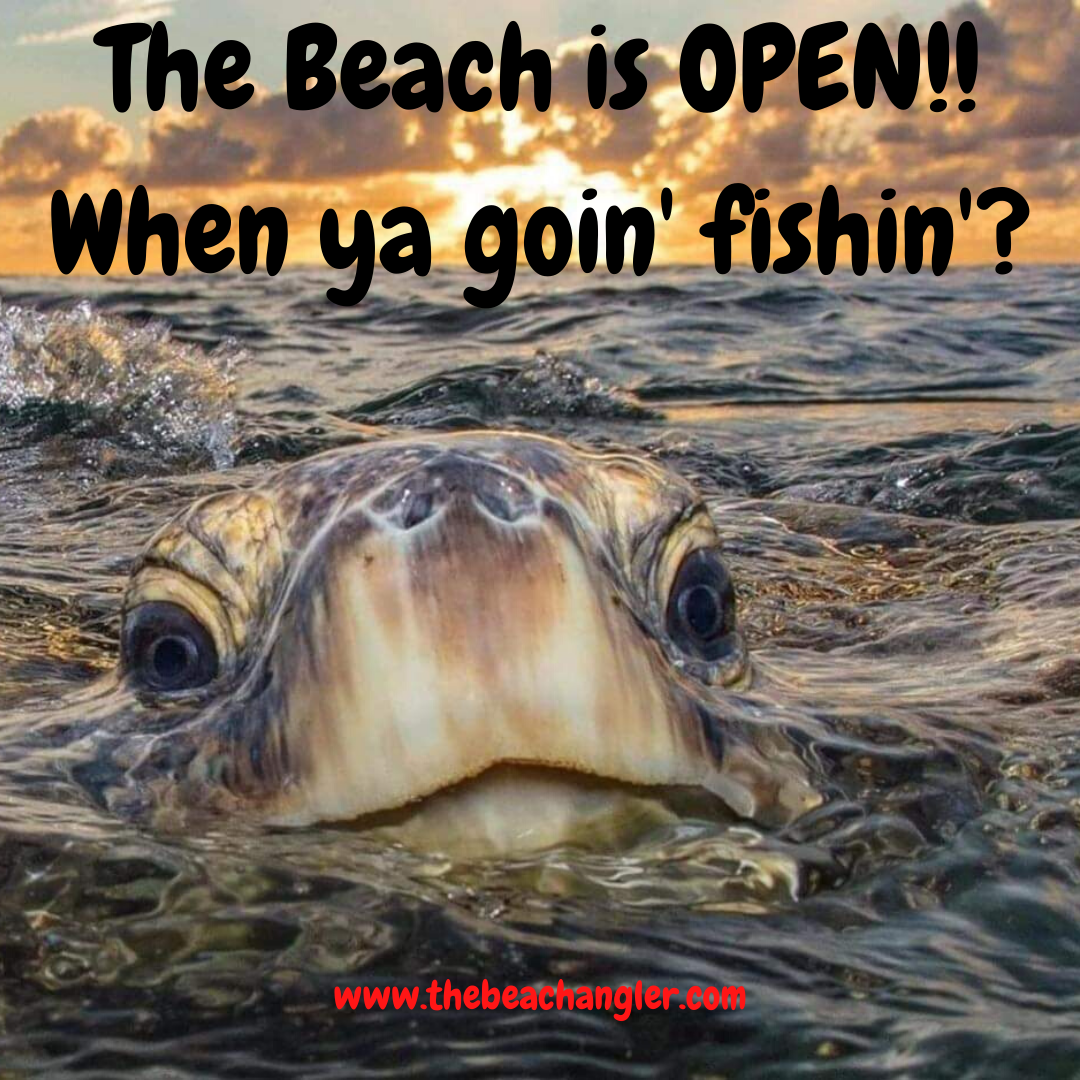Gulf Kingfish are another plentiful, fun to catch and great eating fish that is often overlooked in favor of the more popular game fish species. If you have never fished for them, or are just looking for some tips on how to catch Gulf Kingfish, we will walk you through everything you need to know about targeting this tasty fish.
Quick Shot:
Known for their powerful fight and delicious eating qualities, Gulf Kingfish, also known as whiting is a relative of both the Southern Kingfish, and Northern Kingfish, and a popular target for recreational fishermen along the coast of the Gulf of Mexico. By understanding the habitat, and distribution of Gulf Kingfish, and equipping yourself with the right gear, such as rods, reels, hooks, and baits, you will increase your chances of having a great time and coming home with a mess of tasty fillets.
There are more people fishing now than ever before and that puts an incredible strain on the stocks of the more popular sport fish species. Targeting Gulf Kingfish, like Gafftop catfish, Bluefish, spanish mackerel, or sheepshead fish, for your next fish fry can help ease the strain on other species. Gulf Kingfish are relatively easy to catch, and can be fun for anglers of all ages and skill levels. I’ve been catching whiting (Gulf Kingfish) for well over 50 years now and I still enjoy catching and eating them.
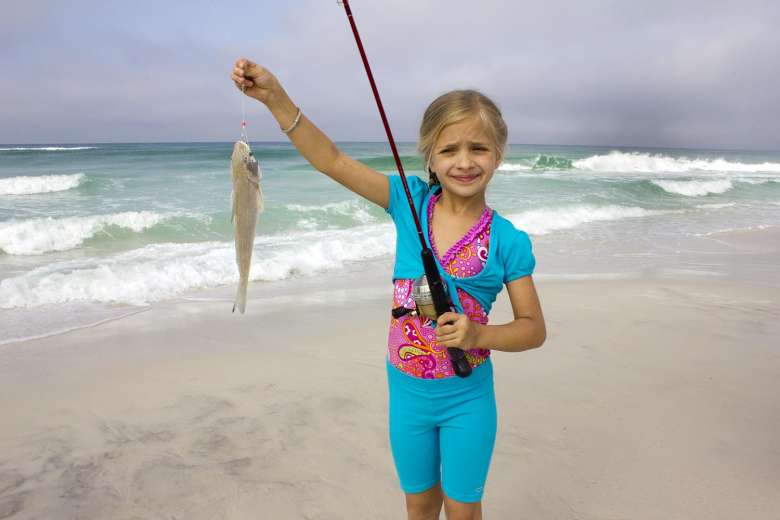
Understanding Gulf Kingfish
Gulf Kingfish are small to medium-sized fish with elongated bodies and silvery scales. They typically measure between 10 to 14 inches in length and weigh around 1 to 2 pounds, although larger specimens can be found. These fish have a prominent dorsal fin and a deeply forked tail. Gulf Kingfish are known for their sharp spines, so handling them with care is important to avoid injury.
Habitat and Distribution
Gulf Kingfish inhabit the coastal waters of the Gulf of Mexico, from Texas to Florida. They are commonly found in sandy or muddy bottoms, near piers, jetties, inlets and are very common in the surf. These fish prefer warm waters and are most active during the spring and summer months.
How to Catch Gulf Kingfish: The Basics
Gulf Kingfish, also known as whiting, are a popular game fish found in the coastal waters of the Gulf of Mexico. They are known for their delicious white flesh and hard fighting.
Whiting can be caught using various techniques like bottom fishing, live bait fishing, artificial lure fishing, and trolling. Here are the basic preparations to help you get started fishing for Gulf Kingfish.
1. Selecting the Right Equipment
To maximize your chances of catching Gulf Kingfish, it’s crucial to have the appropriate gear. Here’s a list of essential equipment you’ll need:
- Fishing rod: Choose a medium to heavy-action rod, preferably around 7 to 8 feet in length, to handle the fight of these feisty fish. A light to medium-action spinning rod and reel combination is well-suited for Gulf Kingfish fishing. Opt for a rod with a sensitive tip to detect the subtle bites, and pair it with a reel that can hold a sufficient amount of fishing line
- Reel: Opt for a spinning reel with a strong drag system for smooth retrieval.
- Fishing line: Use a 10 to 15-pound monofilament or fluorocarbon line for better sensitivity and durability. Use a monofilament or braided fishing line with a test strength of 10 to 15 pounds. It’s recommended to attach a fluorocarbon leader with a length of 18 to 24 inches and a test strength of 20 to 30 pounds to prevent the fish from seeing the line.
- Hooks: Sizes 1/0 to 2/0 circle hooks are recommended for Gulf Kingfish fishing. For Gulf Kingfish, a size 1 to 2 circle hook is a good choice. Circle hooks are designed to minimize deep hooking and increase the chances of a successful hook set. Popular baits include live shrimp, sand fleas, blood worms, and cut squid. Experiment with different baits to determine what works best in your fishing area.
- Sinkers: Select pyramid-shaped sinkers in various weights to keep your bait anchored.
Essential Surf Fishing Gear:
- Surf Fishing Rods, surf rods are typically longer and heavier duty than standard rods. – read more.
- Surf fishing Reels,larger and stronger with greater line capacity to handle big fish. – read more.
- Surf fishing Rod and Reel Combos, pre-matched rod and reel set ups for surf fishing – read more.
- Sand Spike Rod holder, holds your rods securely while you wait for that big bite. – read more.
- Surf Fishing Rigs, terminal tackle for fishing the surf. – read more.
- Surf fishing Carts, for beaches that won’t allow vehicles you need a way to carry your gear – read more.
- Rod Racks for Vehicles, carry your rods out of harms way and easy to access- read more.
- Beach Camping Gear, in case you want to fish all night or for several days – read more.
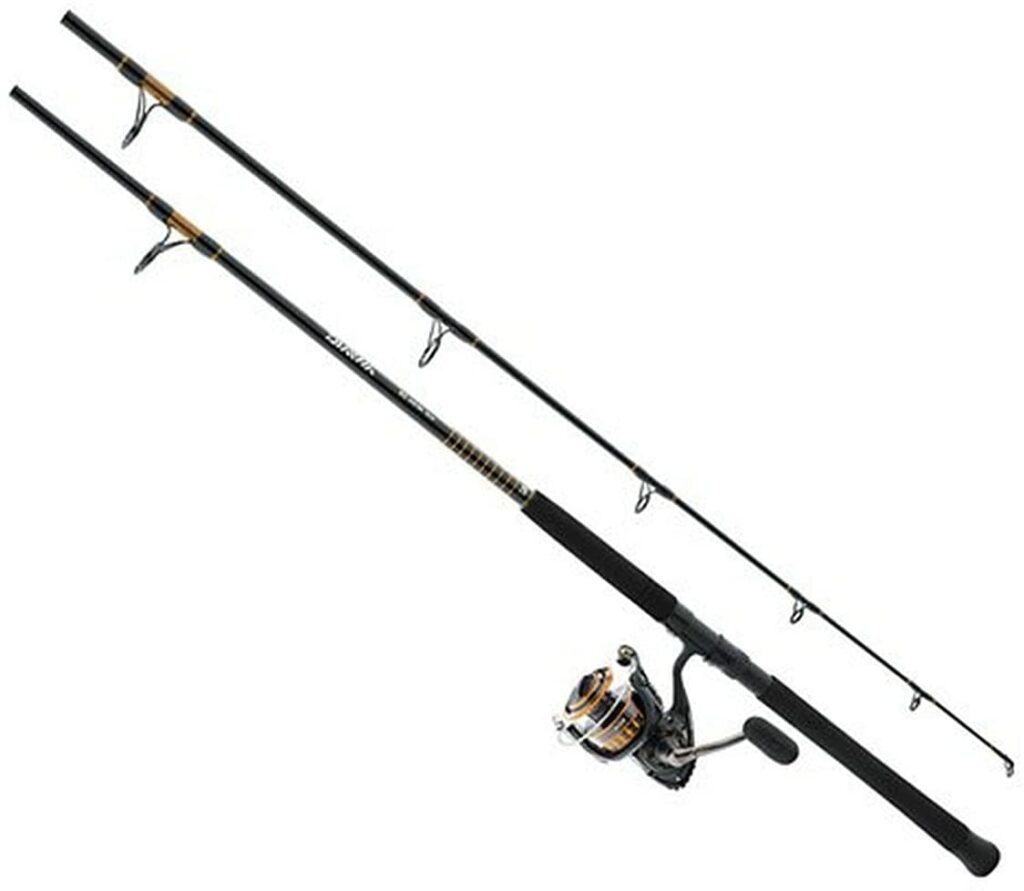
2. Select the Right Bait
Gulf Kingfish are opportunistic feeders and will readily bite on a variety of baits. Here are some popular bait options for targeting Gulf Kingfish:
- Shrimp: Fresh or frozen shrimp, both peeled and unpeeled, are highly effective baits.
- Squid: Cut squid into strips or use whole squid for bait.
- Sand Fleas: These small crustaceans are a favorite food source for Gulf Kingfish and can be collected along the shoreline.
- Mullet: Use cut pieces of mullet, a baitfish found in abundance near coastal waters.
- Fishbites: Synthetic strip bait infused with bait scents and attractants.
Live Bait
Using live bait is another effective technique for catching Gulf Kingfish. Hook live shrimp, sand fleas, or small baitfish through the back or tail and cast it out. Allow the bait to drift naturally with the current or use a float to keep it suspended.
Artificial Lures
Gulf Kingfish can also be enticed by artificial lures. Consider using small jigs, spoons, or soft plastic baits resembling small fish or shrimp. Cast your lure near structure or areas where baitfish are present, and retrieve it with a steady or erratic motion to mimic prey movement.
3. Find the Right Spot
Locating the right fishing spot is key to a catching Gulf Kingfish. Look for sandy bottoms, troughs, rips, or troughs near jetties, piers, or sandbars along the beachfront these structures attract baitfish that Gulf Kingfish feed on making them prime spots for locating fish.
4. Rigging Up
Once you have your gear, bait, and fishing spot, it’s time to rig up. A simple fish finder rig or pompano rig will work great for Whiting. Follow these steps to set up your rig and start catching some Gulf Kingfish:
- Slide the sinker onto the mainline, allowing it to rest above a swivel.
- Attach the hook to the leader using a uni-knot or clinch knot.
- Tie the leader to the other end of the swivel using a uni-knot or improved clinch knot.
- Hook your bait of choice and cast it out.
Tips and Techniques for Catching Gulf Kingfish
Mastering the art of Gulf Kingfish fishing requires a combination of skill, knowledge, and patience. Here are some tips and techniques to improve your chances of landing these prized fish:
Best Times and Seasons for Gulf Kingfish Fishing
Timing can be critical when targeting Gulf Kingfish. Knowing the best times and seasons, along with understanding the influence of tides and currents, can optimize your fishing experience.
Additionally, exercising patience, persistence, and adaptability will pay off when waiting for the right bites and adjusting your tactics and location as needed.
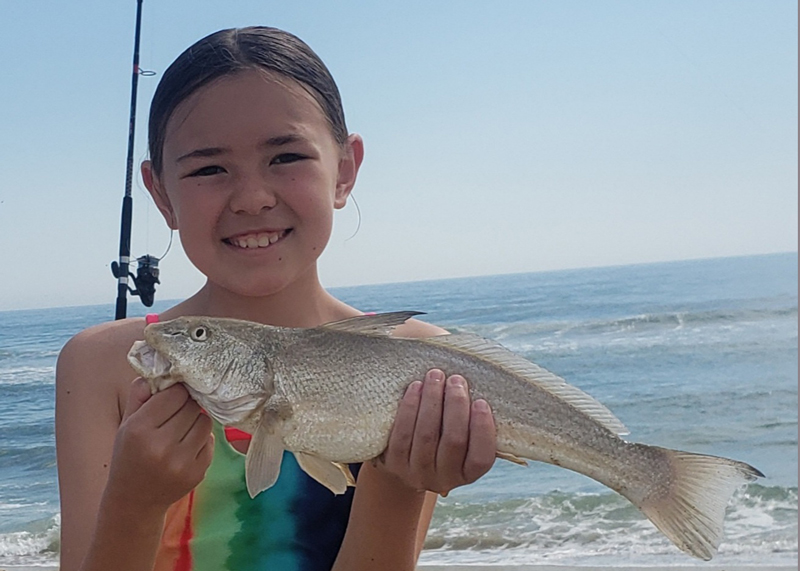
Gulf Kingfish are more active during the warmer months, especially from late spring to early fall. They are known to move closer to shore in search of food during this time. Early mornings and late afternoons tend to be productive periods when the water temperature is more favorable. However, it’s worth noting that Gulf Kingfish can be caught year-round with the right techniques and conditions.
1. Time Your Fishing Trips
Gulf Kingfish are more active during certain times of the day. Early morning and late afternoon tend to be the most productive periods. Plan your fishing trips accordingly to increase your chances of success. They are often more active during tidal changes when water movement stirs up food sources. Plan your fishing trips accordingly, targeting periods of incoming or outgoing tides.
2. Read the Tides
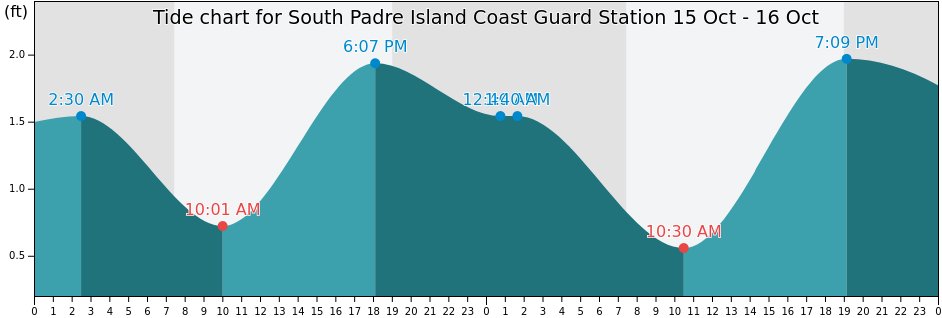
Learn how tides and currents influence the movement of Gulf Kingfish. Understanding the movement of tides is crucial for Gulf Kingfish fishing. These fish are often found near tidal flats, in the surf, and near deeper channels.
As the tide rises or falls, it creates movement and stirs up their prey, attracting Gulf Kingfish. Fishing during the incoming or outgoing tide is usually much more productive.
3. Use a Natural Presentation
When presenting your bait, aim for a natural appearance. Gulf Kingfish can be wary of suspicious-looking baits and heavy lines and leaders. Use as light of a line and leader as possible and hook your bait so it looks natural in the waves and currents. Allow your bait to drift naturally with the current or gently bounce it off the sandy bottom for a realistic presentation.
4. Patience the “Bait and Wait” Technique
Bottom fishing is a popular method for targeting Gulf Kingfish. Use a Carolina rig or a simple two-hook bottom rig with a sinker to keep your bait on or near the bottom. Cast your line out and allow it to settle, then wait for the telltale nibbles or tugs indicating a bite.
Gulf Kingfish are known to be nibblers and may take some time to fully commit to the bait. Once you cast your line, be patient and allow the fish to bite. Avoid reeling in the line immediately after feeling a bite.
Give the fish a moment to swallow the bait before setting the hook. Be prepared to wait for bites and avoid constantly changing your spot or bait if you haven’t had immediate success. Sometimes, giving the fish time to find and eat your bait is key.

5. Bait Placement
Experiment with different casting distances to find where the Gulf Kingfish are congregating. Some fish may be closer to shore, while others may be further out. By varying your casting distance, you can cover a larger area and increase your chances of, not only catching fish, but catching more and bigger fish as well.
6. Watching and Adapting
Observe your surroundings and look for signs of baitfish activity or birds diving into the water. These are potential indicators of feeding fish. And, if one technique or bait isn’t working, don’t hesitate to switch things up and try different tactics.
Cleaning and Cooking Gulf Kingfish
Once you’ve caught some Gulf Kingfish, handling them correctly is essential if you want the best eating. Properly cleaning and filleting the fish ensures a fresh and tasty meal. There are numerous cooking methods to choose from, such as grilling, baking, pan-frying, or deep-frying, each offering a unique flavor profile. You can enhance the taste by using your favorite seasonings and garnishes to complement the delicate flavor of Gulf Kingfish.
Cleaning and Filleting
To clean Gulf Kingfish, remove the scales by scraping them with a knife or scaler. Make an incision behind the gills and run the knife along the belly, cutting towards the tail. Remove the innards and rinse the fish thoroughly with clean water.
Or, to fillet the fish, make a cut behind the head and slide the knife along the backbone, separating the fillet from the rib cage. Repeat the process on the other side then slide the knife between the skin and meat to remove the skin.

Popular Cooking Methods
Gulf Kingfish can be prepared in various delicious ways. Some popular cooking methods include grilling, baking, pan-frying, and even deep-frying. Season the fillets with herbs, spices, and a squeeze of lemon juice to enhance their flavor. Cook until the flesh turns opaque and flakes easily with a fork. The following are just a couple of recipes that work great with Whiting “Gulf Kingfish”.
Recipes for Gulf Kingfish a.k.a Whiting
Grilled Gulf Kingfish with Citrus Glaze
Ingredients:
- Gulf Kingfish fillets
- Juice of 1 Lemon
- Juice of 1 Orange
- 2 Tbls Honey
- Salt and Pepper to taste
- Fresh herbs ( parsley or dill) for garnish
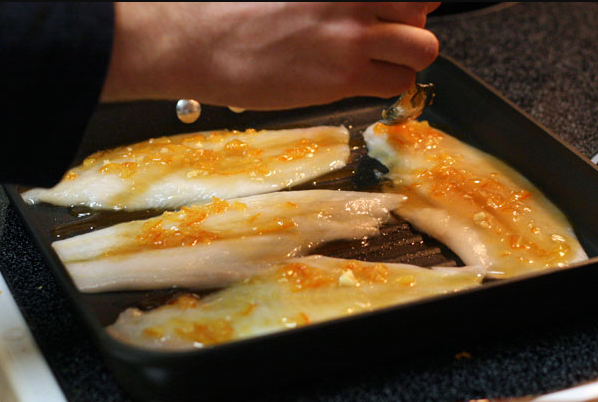
Directions:
Preheat the grill to medium-high heat. Then, in a small bowl, whisk together the lemon juice, orange juice, honey, salt, and pepper to make the citrus glaze. Brush the Gulf Kingfish fillets with the citrus glaze.
Place the fillets on the grill and cook for about 4-5 minutes per side, or until the fish is cooked through and has grill marks. Remove from the grill and garnish with fresh herbs. Serve hot.
Pan-Fried Gulf Kingfish with Lemon Butter Sauce
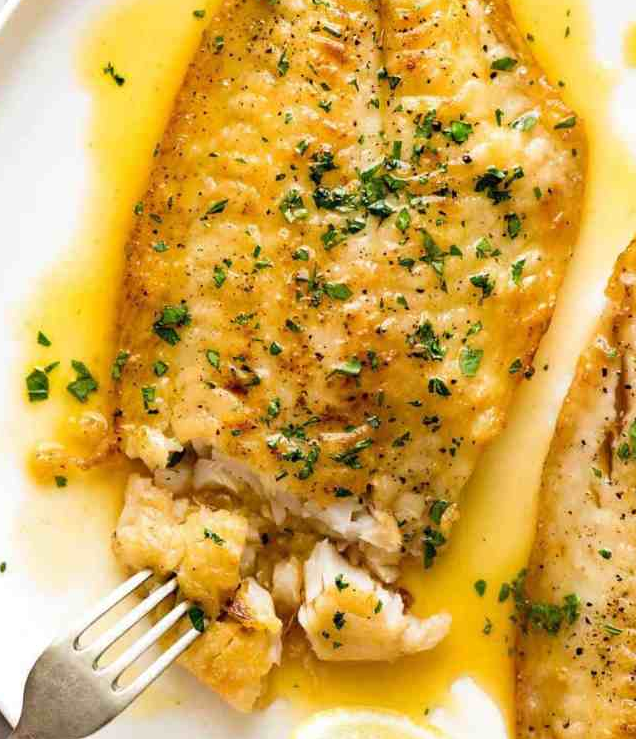
Ingredients:
- Gulf Kingfish Fillets
- 2 Tbls Butter
- Juice of 1 lemon
- 2 cloves garlic, minced
- Salt and Pepper to taste
- Fresh parsley for garnich
Directions:
Season the Gulf Kingfish fillets with salt and pepper. In a large skillet, melt the butter over medium heat. Add the minced garlic and cook for 1-2 minutes until fragrant.
Place the fillets in the skillet and cook for 3-4 minutes per side, or until the fish is golden brown and flakes easily. Squeeze the lemon juice over the cooked fillets and garnish with fresh parsley. Serve immediately.
Conservation and Responsible Harvest
While enjoying the thrill of fishing, it’s crucial to prioritize conservation and responsible use of the resource. To help ensure the sustainability of Gulf Kingfish populations, please practice good catch-and-release guidelines, respect bag and size limits. You can also help preserve the marine ecosystem by picking up any trash you find. All of this will contribute to the long-term sustainability of Gulf Kingfish populations and the preservation of their natural habitat. Here are some common sense guidelines to follow:
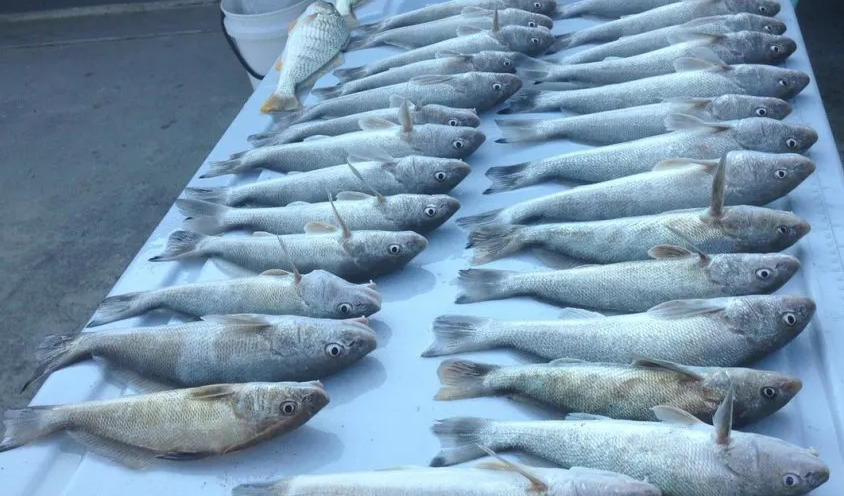
- Practice Catch-and-Release: If you catch Gulf Kingfish for sport or when you catch fish you don’t intend to keep, handle them with care and release them promptly. Keep what you can use and release the rest. And, be sure to use proper techniques to minimize stress and injury to the fish.
- Avoiding Overfishing: Respect local fishing regulations and catch limits. Take only what you need and allow others to enjoy the experience of catching Gulf Kingfish in the future.
- Protecting the Marine Ecosystem: Be mindful of the environment while fishing. Dispose of trash properly, avoid damaging sea grass beds and coral reefs, and report any pollution or harmful practices to the relevant authorities.
How to Catch Gulf Kingfish: Frequently Asked Questions

1. What is the best time of year to catch Gulf Kingfish?
The best time to catch Gulf Kingfish is during the warmer months, typically from spring to early fall. They are more active in warmer water temperatures.
2. Can I catch Gulf Kingfish from shore?
Absolutely! Gulf Kingfish can be caught from shore, particularly near beaches, piers, jetties, and sandbars. Look for sandy bottoms and troughs in these areas as they are often productive for locating fish.
3. What is the legal size limit for Gulf Kingfish?
The legal size limit for Gulf Kingfish varies by location. It’s essential to check the local fishing regulations to ensure you are within the legal limits.
4. What other fish species can I expect to catch while targeting Gulf Kingfish?
While targeting Gulf Kingfish, you may also encounter other species such as Pompano, Redfish, Blackdrum, Ladyfish, Gafftop and Hardhead Catfish, small Sharks, Speckled Trout, and Flounder. These species share the same areas and food choices with Gulf Kingfish.
4. What is the best bait for Gulf Kingfish?
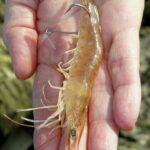
Live or fresh dead shrimp, sand fleas, blood worms, cut squid, and fishbites are all productive baits for Gulf Kingfish. Experimenting with different baits can help determine what works best in your fishing location.
5. Can I use artificial lures for Gulf Kingfish fishing?
Yes, you can use artificial lures like small jigs, soft plastic grubs, or spoons to catch Gulf Kingfish. Opt for lures that resemble their natural prey, such as shrimp or small baitfish.
6. Are Gulf Kingfish good to eat?
Gulf Kingfish are prized for their delicious white meat. They are considered excellent table fare and can be prepared in various ways, including grilling, frying, or baking. Their firm and mild-flavored flesh make them versatile for various cooking methods.
How to Catch Gulf Kingfish or Whiting: Final Thoughts
Catching Gulf Kingfish can be an enjoyable and rewarding endeavor. Select the right equipment, grab the current bait the fish are feeding on, and find the ideal fishing spot. Rig up your gear and follow the tips and techniques we discussed to increase your chances of catching a mess of Gulf Kingfish.
Always prioritize safety and follow local fishing regulations to ensure the sustainability of the fishery. Respect the environment and practice catch-and-release when appropriate, and remember to handle the fish properly to ensure the sustainability of Gulf Kingfish populations and preserve the marine ecosystem for future generations to enjoy.
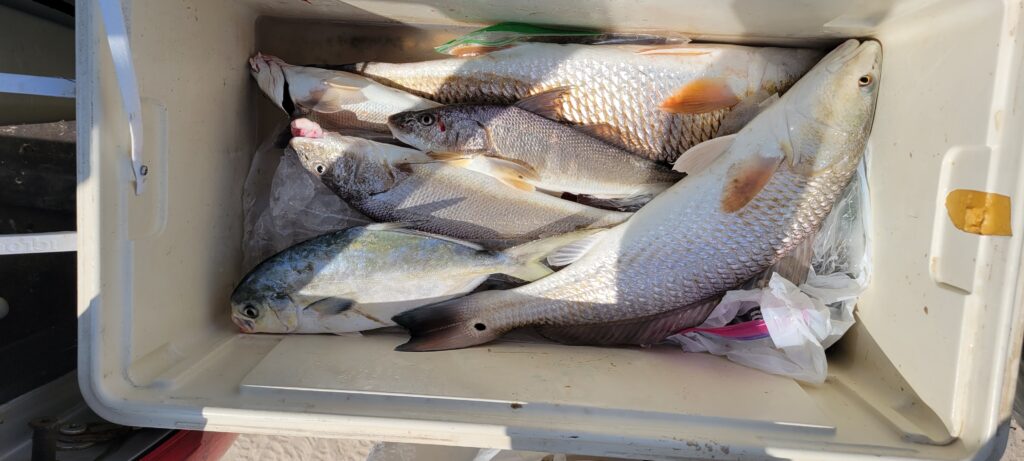
So, gather your gear, head to the coast, and embark on an exciting Gulf Kingfish fishing adventure. With the tips and techniques shared in this guide, you’ll be well on your way to landing these prized fish. Good luck and tight lines! And as always, stay safe, enjoy the journey and please try to leave it cleaner than you found it.
If, you have any comments, questions, ideas or suggestions please leave them in the comment section below and I’ll get back to you asap. You can follow us on Facebook: Rex The Beach Angler, Instagram: thebeachangler7, Twitter: @AnglerBeach, and YouTube: Man Art Creations.
P.S. Thanks so much for checking out our blog we really appreciate it. Just so you know, we may receive a commission if you click on some of the links that appear on our site. This helps us keep our content free and up-to-date for everyone. We appreciate your support!”
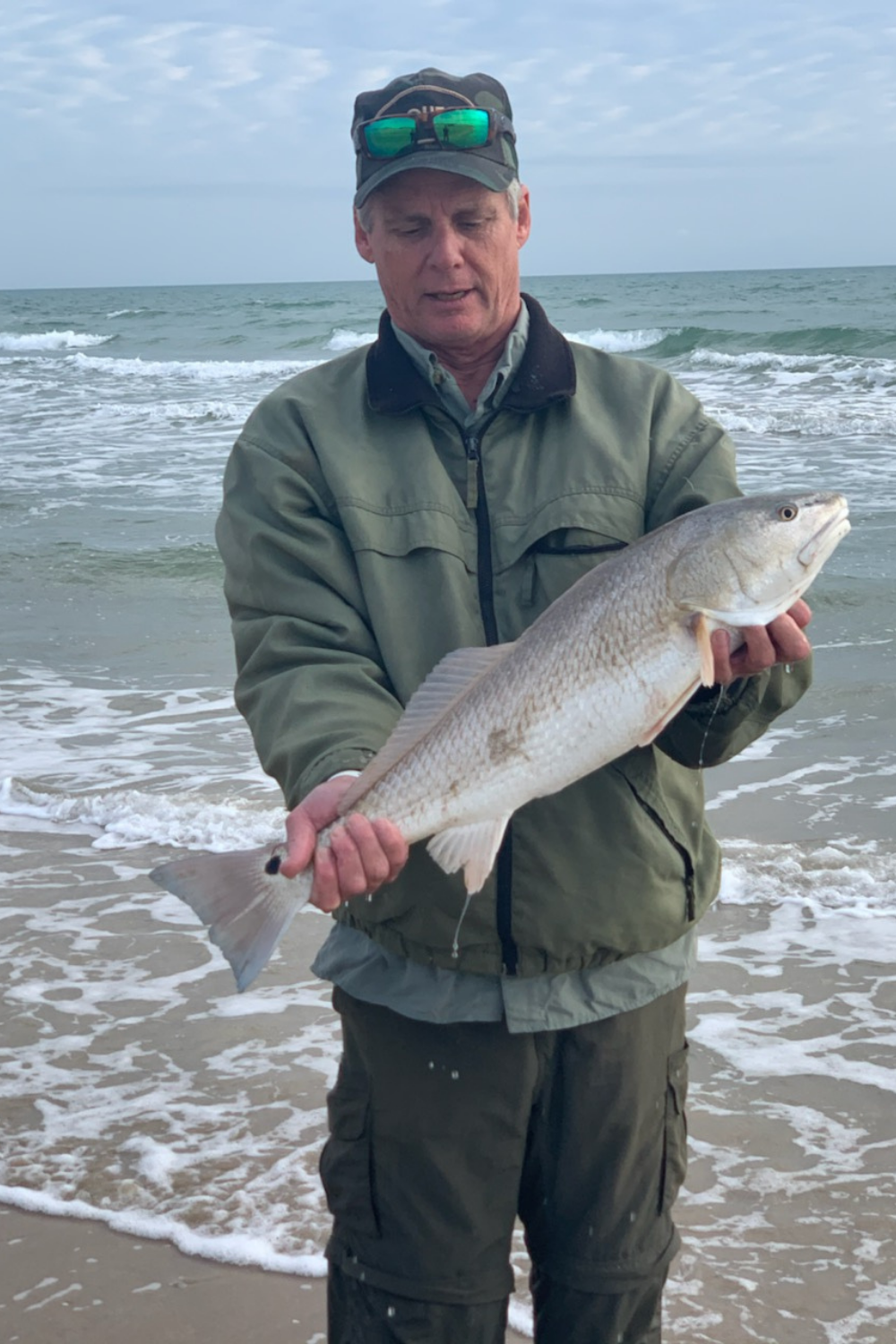
A life long surf fisherman with 50+ years of experience, I am also an avid hunter and outdoorsman. I will be sharing my passion for the outdoors with you so be prepared for hunting, fishing, camping, hiking and more. Along with gear reviews and the latest trends and innovations in the outdoor industry.

